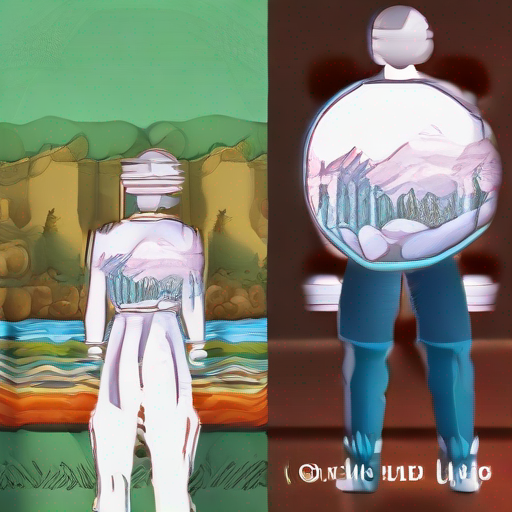
The Dark Side of Fast Fashion: Exploiting Workers, Ruining Environment, Hurting Planet
Fast fashion has become a norm in today's world. We buy clothes at an alarming rate, with the average American generating about 82 pounds of textile waste per year. But have you ever stopped to think about the real cost of those trendy outfits? The answer is not as glamorous as we'd like it to be.
Exploiting Workers: The Human Cost of Fast Fashion
Behind the glitz and glamour of fast fashion lies a disturbing reality – workers in developing countries are being exploited. Factories are churning out clothes at an incredible pace, with workers often working long hours for minimal pay. In some cases, they're even forced to work in hazardous conditions, risking their health and well-being.
Take Bangladesh, for example. The country is home to many garment factories that supply major fashion brands around the world. However, these factories are notorious for poor working conditions and low wages. Workers often have to endure long hours, physical labor, and a lack of proper safety equipment, all for the sake of producing cheap clothes.
Ruining Environment: The Ecological Consequences of Fast Fashion
Fast fashion is not only harming workers but also ravaging our planet. The production process itself is a significant contributor to greenhouse gas emissions, deforestation, and water pollution. Take cotton, for instance – it's one of the most widely used natural fibers in the world. However, growing cotton requires massive amounts of pesticides, herbicides, and irrigation, which can contaminate soil, air, and water.
In addition, fashion production generates an estimated 12.8% of global greenhouse gas emissions, with textile waste being a significant contributor to landfills and oceans. "The fashion industry is the second-largest polluter in the world," according to a report by the Ellen MacArthur Foundation.
Hurting Planet: The Long-Term Consequences of Fast Fashion
Fast fashion's impact doesn't stop at exploiting workers and ruining the environment – it also hurts our planet. Climate change is one of the most pressing issues facing humanity today, and fast fashion is contributing significantly to this problem. As mentioned earlier, textile waste is a major contributor to landfills and oceans, which can have devastating consequences for marine life.
Moreover, the production process itself is a significant source of carbon emissions. From manufacturing to transportation, the entire supply chain emits an astonishing amount of greenhouse gases. "If nothing changes, the fashion industry's carbon footprint could increase by 60% by 2030," warns a report by the Global Fashion Agenda.
So what can we do? One step is to change our buying habits and opt for sustainable, eco-friendly clothing options. We can also support brands that prioritize fair labor practices and minimize their environmental impact.
For more information on the dark side of fast fashion, check out 3 reasons why fast fashion is bad.
Frequently Asked Questions (FAQs)
Q: What's wrong with buying cheap clothes?
A: Buying cheap clothes often means supporting factories that exploit workers and harm the environment.
Q: How can I make a difference?
A: Start by making conscious purchasing decisions, choosing eco-friendly brands, and supporting labor practices that prioritize fair treatment of workers.
Key Takeaways
• Fast fashion is harming workers in developing countries through poor working conditions and low wages.
• The production process itself is ravaging our planet, contributing to climate change, deforestation, and water pollution.
• Changing our buying habits and supporting sustainable brands can help mitigate the negative impact of fast fashion.
The Bottom Line: Slow Fashion is the Way Forward
It's time to rethink our relationship with fashion. Fast fashion might be convenient, but it's not worth the cost – humanly, environmentally, or ecologically. Let's opt for slow fashion, which values quality over quantity and prioritizes sustainability above all else.
Table: The Environmental Impact of Fast Fashion
| Category | Emissions (tonnes CO2 equivalent) |
|---|---|
| Textile production | 1.3 billion |
| Transportation | 700 million |
| End-of-life disposal | 300 million |
Total: 2.3 billion
Note: These figures are estimates and may vary depending on the source.

